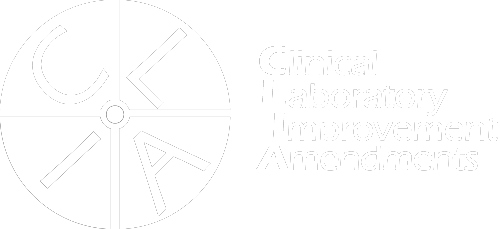Averhealth is proud to be your knowledge hub, providing you with resources and education on the latest drug trends affecting lives across the country. Two of our blog posts from earlier this year highlighted the spread of emerging drugs fueling the opioid crisis and an anti-seizure medication being abused to a fatal end. Here’s the latest on these recent health threats.
Xylazine
Illicit production of fentanyl has created the deadliest drug threat our country has ever seen. Recently, this threat has gotten worse due to increased trafficking of the sedative, xylazine, also known as “tranq”, identified by the DEA. In 2022, around 30% of fentanyl seized by the DEA contained xylazine, and these mixtures were found in 48 states nationwide.
This combination drug creates a higher risk of fatal drug poisoning because xylazine isn’t an opioid, deeming naloxone (Narcan) ineffective in reversing an overdose. Xylazine has also been called the “zombie drug” because those who inject drug mixtures containing xylazine are at risk of developing necrosis – the rotting of human tissue – that may lead to amputation. This nickname also comes from the way that xylazine users have been seen standing completely slumped over and unresponsive.
Xylazine was approved by the FDA for veterinary use 50 years ago and it is not listed as a controlled substance for either humans or animals. Hospitals don’t test for it and state medical examiners don’t routinely do so either.
The threat of this drug combination has gotten so extreme that the White House has just released a National Response Plan to increase testing, tracking, and treatment for street drugs laced with xylazine. Averhealth’s lab began testing for xylazine in April 2023 after Averhealth COO, Dominique Delagnes, presented a webinar on emerging drugs and noted an increase in overdose deaths linked to xylazine.
Isotonitazene (ISO)
In 2021, the CDC reported over 108,000 drug overdose deaths, the highest level of deaths on record. 75% of those deaths involved a synthetic opioid. Contributing to these record-breaking statistics is Isotonitazene (aka: Nitazene or “ISO”), a synthetic opioid 20 times more potent than fentanyl. Its emergence in 2019 was mostly isolated to the Midwest, but recently it has been seen impacting families and communities across the country.
ISO is a synthetic version of etonitazene, an opioid created in a lab in 1957. While Etonitazene is a controlled substance in the United States, ISO is technically legal at the national level because its chemical structure differs slightly. ISO can appear yellow, brown, or off-white in powder form, and has been found mixed into and marketed as other drugs for higher potency and lower production costs. ISO can only be properly identified after a lab test, so people don’t know they’re ingesting it until it’s too late. Narcan does work for ISO, but multiple doses and higher doses of Narcan may need to be administered to reverse the opioid overdose.
Gabapentin
Jermaine Galloway, The Tall Cop, spread a warning in his recent blog post about the increased dangers of an anti-seizure medication called Gabapentin (Neurontin). He shared information about the drug being effective when used as directed, but deadly when misused and mixed with opioids and benzodiazepines. While this drug combination is known to lead to overdose, a 2022 study in JAMA Internal Medicine found consistent growth in the concurrent prescriptions of gabapentin and opioids.
Gabapentin was the 6th most prescribed drug in 2022, with 95% of gabapentin prescriptions being written for off-label pain management. It is one of the fastest growing drugs, with the largest share of the market being right here in America. While pharmaceutical companies and investors see it as a miracle drug that will end the opioid crisis, its misuse and combination with opioids only fuels the crisis and contributes to the rising numbers of overdose deaths.
Averhealth is committed to keeping you informed and updated as drug trends rapidly change. To learn more, please watch our webinar on emerging drug trends or visit our resource library.



